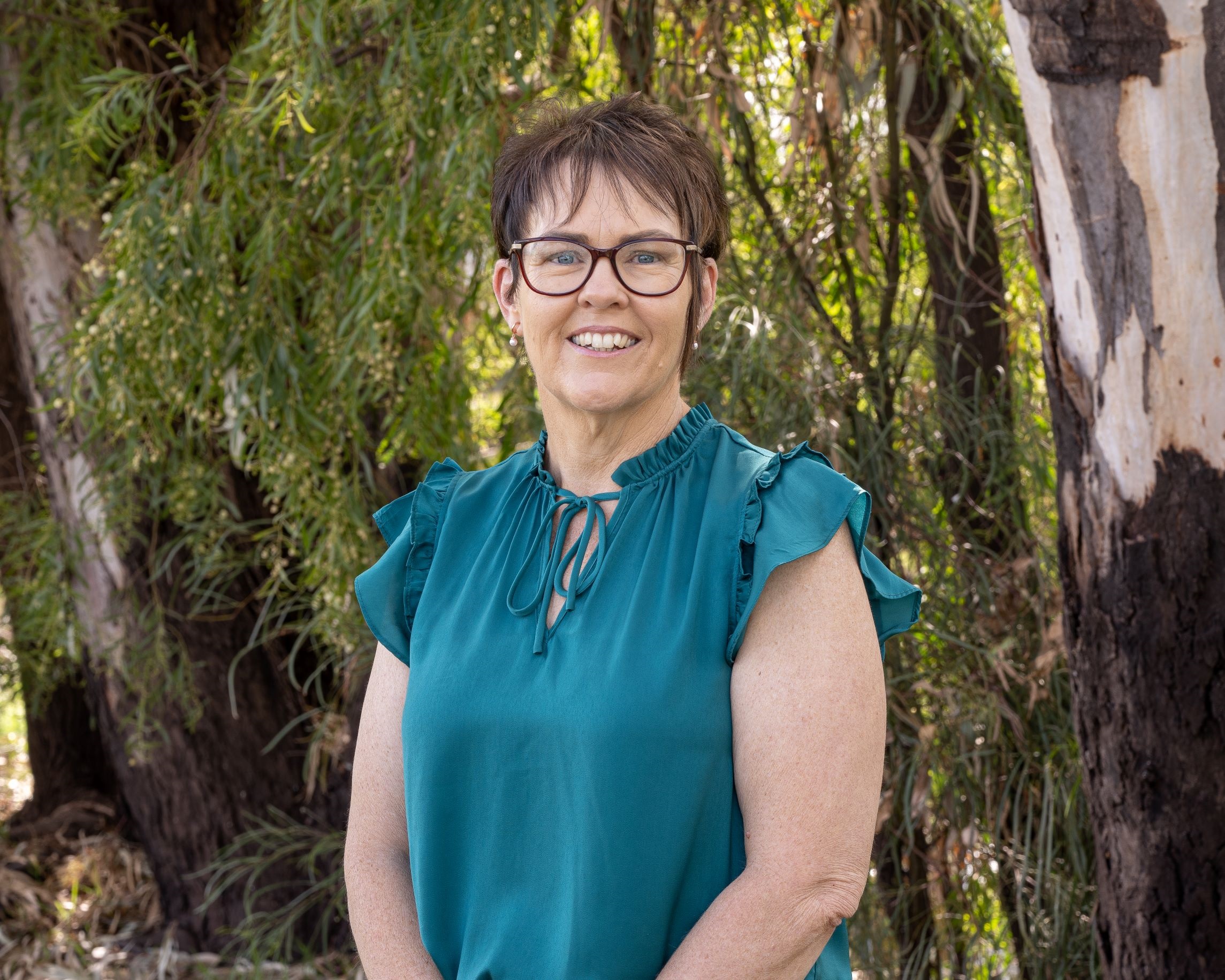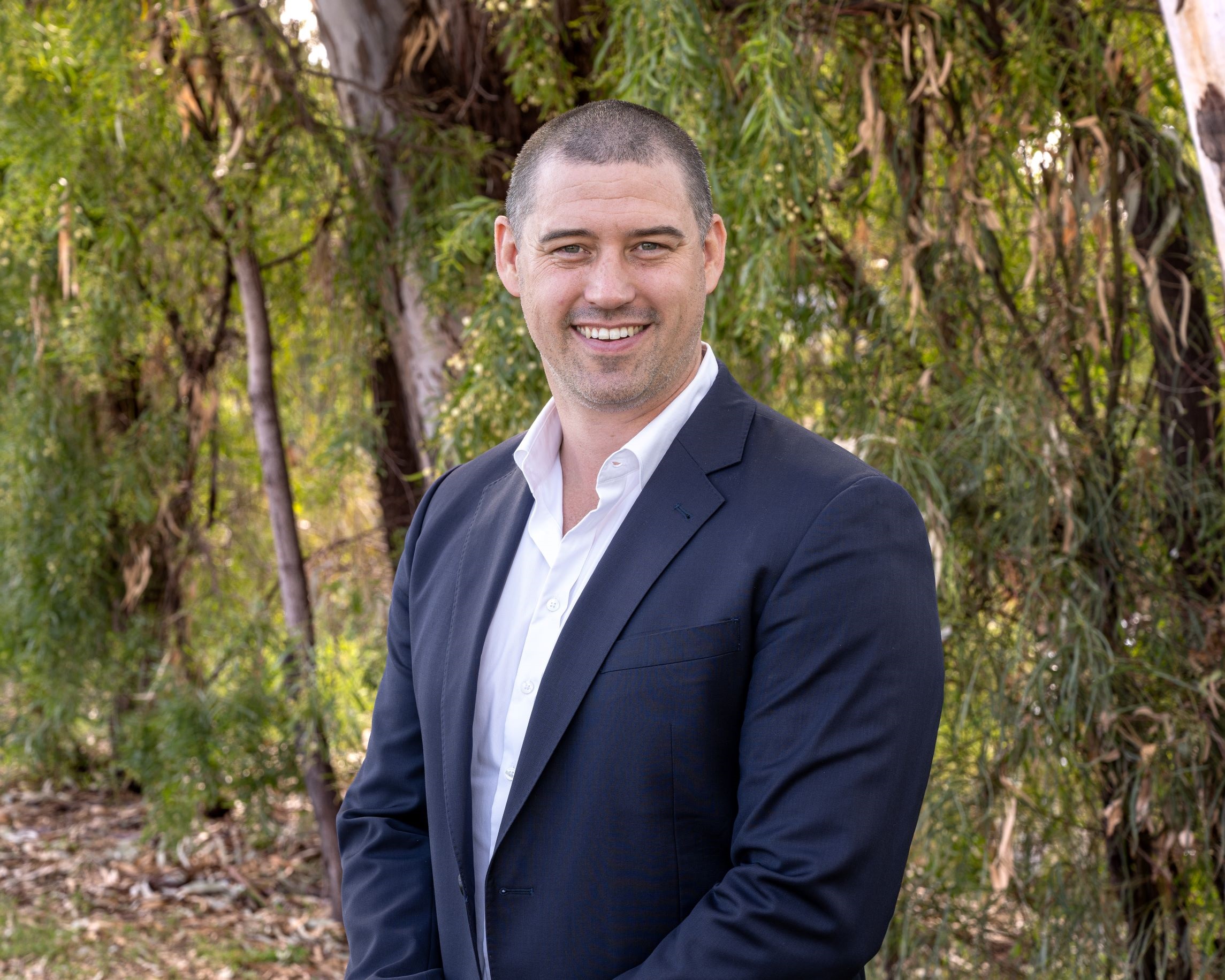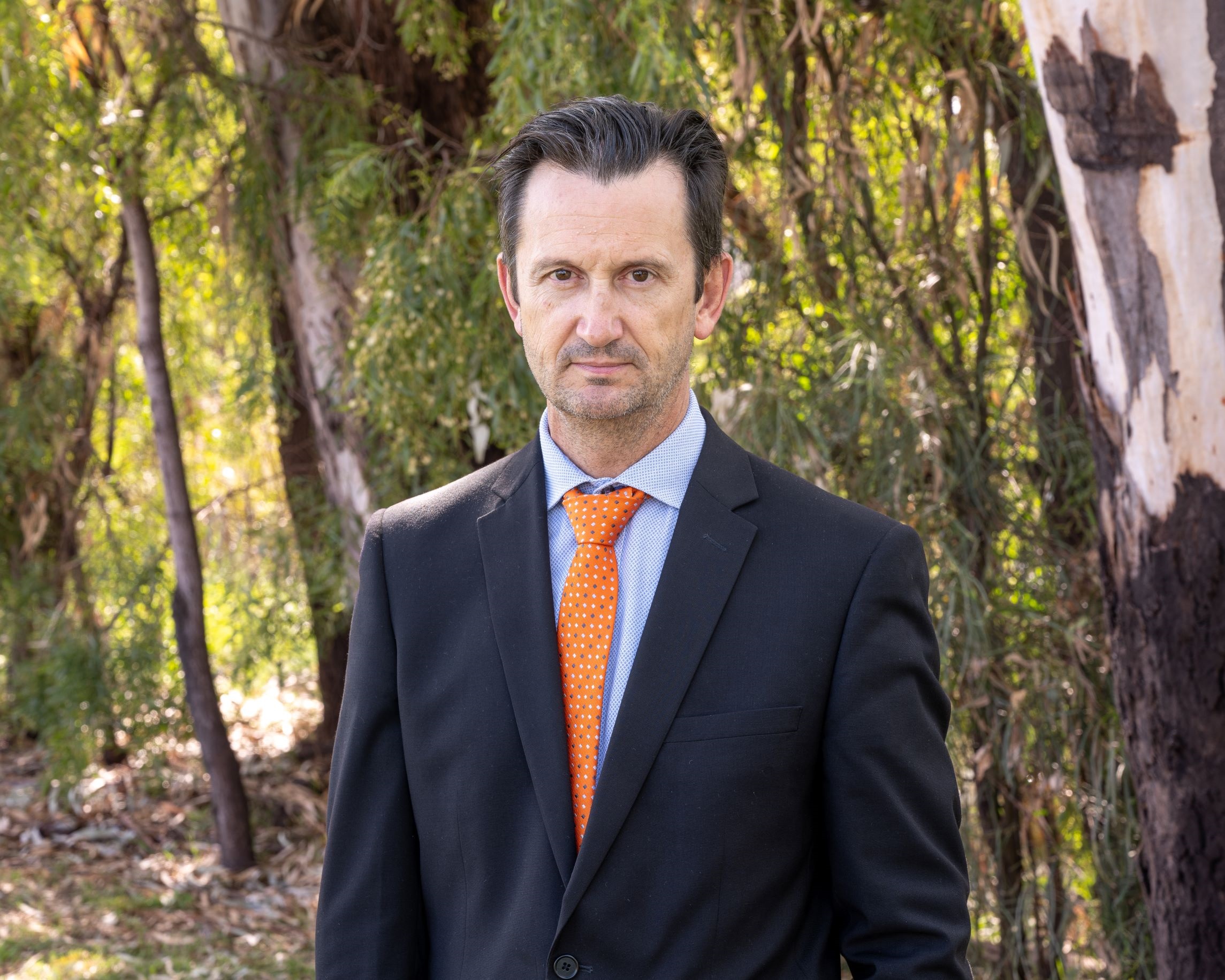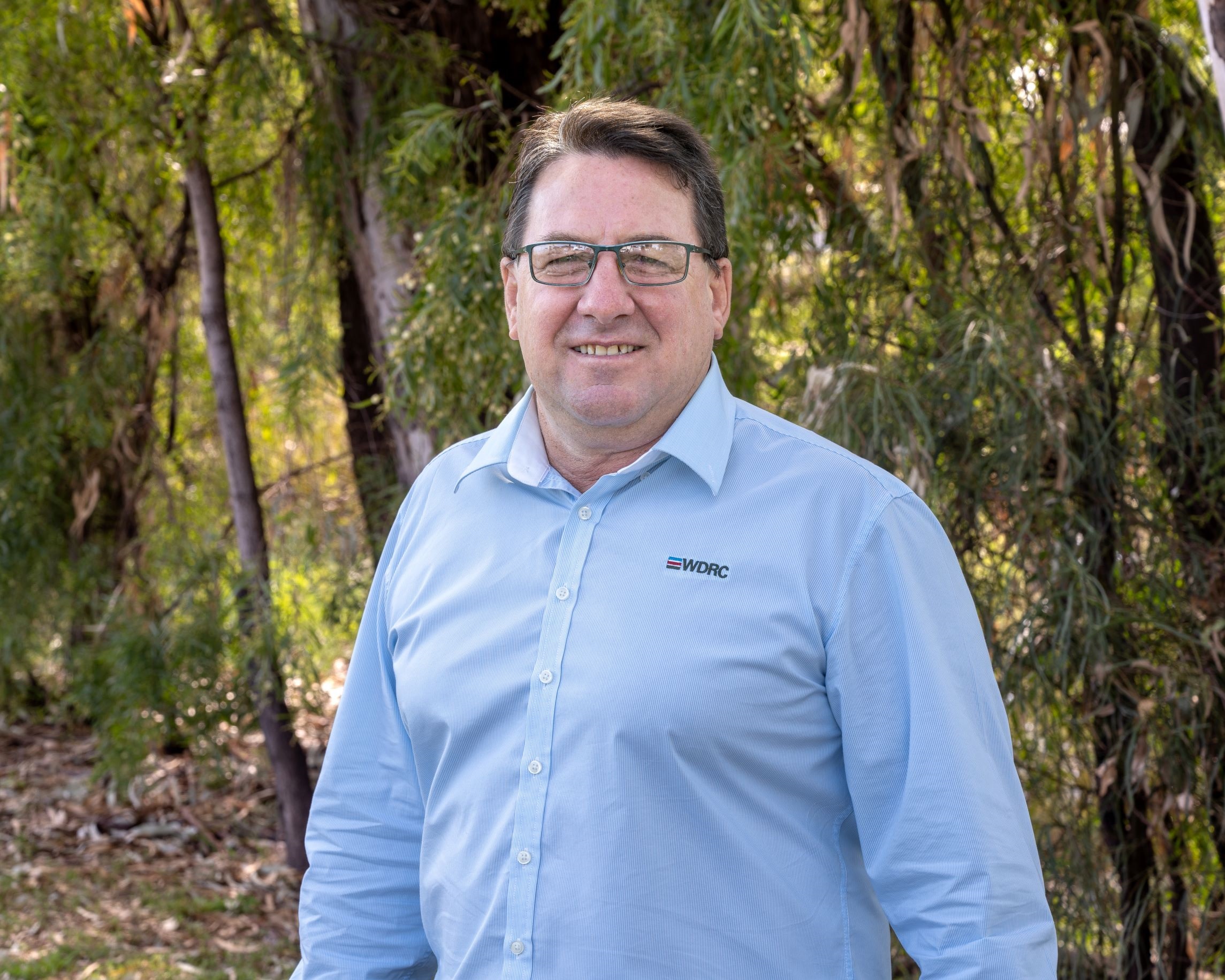WDRC Executive Team

Executive Services
Jodie Taylor | Chief Executive Officer
Jodie Taylor has a wealth of local government knowledge and experience, having worked across the sector for more than 25 years. For the past 15 years, Jodie has worked at Western Downs Regional Council where she’s been guided by her core values of integrity, transparency and a fierce dedication to her region.
Jodie worked as General Manager for Liveability with WDRC for six years before being appointed as Chief Executive Officer in December 2021. With this promotion, Jodie officially became the first female GM and the first female CEO in WDRC’s history. Jodie is focused on driving investment and growing her region, reducing red tape across the organisation, improving the liveability of the Western Downs and, perhaps most importantly, ensuring a positive culture of communication for both her staff and her region as a whole.
Jodie was born in Dalby and considers herself a true Western Downs local. That’s why Jodie is extremely committed to making a lasting difference in the Western Downs and improving the outcomes and experiences for everyone who lives, works or travels here.

Community and Liveability
Daniel Fletcher | General Manager
Daniel brings over 15 years of private and public sector experience to the role including almost a decade of local government experience.
Daniel is passionate about community engagement and capacity building. He is committed to delivering Council’s strategic priorities through the annual Operational Plan objectives while meaningfully engaging with the community to build green, clean, and sustainable communities.
Daniel has served as Director (2020-22) on the National Board of the Local Government Professional Association. He is a Graduate of the Australian Institute of Company Directors (GAICD), an Australian Certified Economic Development Practitioner (ACEcD), he also holds Bachelor’s Degrees in Psychology and Criminology & Criminal Justice and is completing his Masters in Local Government with University Technology Sydney.

Corporate Services
Brett Bacon | General Manager
A lateral thinker, Brett enjoys exploring possibilities and testing conventional wisdom. He is motivated by working on the business and creating an environment where people can experiment, innovate, challenge accepted practices, and ultimately realise their potential.
Brett has a comprehensive understanding of Queensland local government and how to introduce and manage change and develop individuals and teams within that environment. He applies a strong community and customer focus to everything he does and expects the same from his teams.
Prior to joining Western Downs Regional Council, Brett worked for various local governments within Queensland and Tasmania. This practical experience is underpinned with a degree in urban and regional planning and a Master of Business Administration.
When not working, Brett is generally found hidden behind a book or in a mist of sawdust in his shed.

Infrastructure Services
Graham Cook | General Manager
Graham Cook has over 40 years of experience in Local Government delivering services to the community. He is a qualified Registered Professional Engineer in Queensland (RPEQ) and is a Fellow Member of Institute Public Works Engineering Australasia (IPWEA). In 2013, he was awarded Engineer of the Year from the Institute of Public Works Engineer Association, Queensland Division.
With a strong focus on Council’s strategic priorities, Graham aims to provide strategic leadership to the Infrastructure Services team to deliver sustainable infrastructure and services that support the diverse Western Downs region.